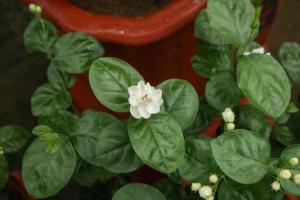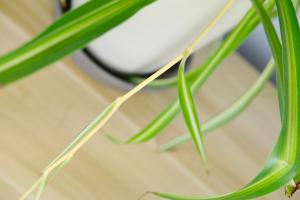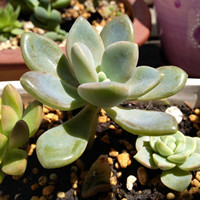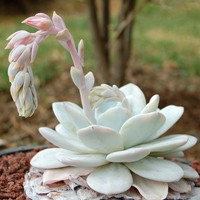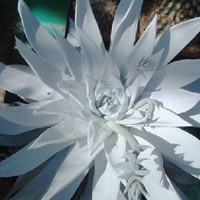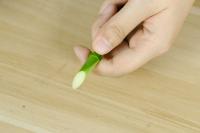How Often to Water Fish Hook Plant
Fish hook plant, also known as monkey's tail or string of fishhooks, is a trailing succulent native to South Africa. This plant can grow up to 6 feet long and produces small, green, fleshy leaves that resemble fishhooks. The plant has become popular in recent years due to its unique appearance and easy care requirements. One of the most important aspects of caring for fish hook plant is watering. In this article, we will discuss how often to water fish hook plant for optimal growth and health.
Understanding the Watering Needs of Fish Hook Plant
Fish hook plant is a succulent, which means it stores water in its leaves and stems. This plant is adapted to survive in hot, dry conditions and can go for long periods without water. Overwatering fish hook plant can lead to root rot and other problems, so it is important to understand its watering needs.
When watering fish hook plant, you should aim to mimic its natural environment as much as possible. In its native habitat, the plant receives rainfall sporadically throughout the year, with a dry period in the summer. During the dry season, the plant may go several weeks without water.
Therefore, it is recommended to let the soil dry out between waterings. This will prevent the plant from sitting in wet soil, which can lead to root rot. However, you should also avoid letting the soil completely dry out, as this can cause the leaves to wilt and drop off.
Factors That Affect the Watering Schedule
The watering schedule for fish hook plant will depend on several factors, including the climate, humidity levels, and potting soil used. In general, the plant will require more frequent watering in hot, dry conditions and less frequent watering in cooler, more humid environments.
The type of soil used for the plant will also affect the watering schedule. Fish hook plant prefers well-draining soil that allows excess water to drain away from the roots. If the soil retains too much moisture, it can lead to root rot and other problems. Therefore, it is recommended to use a mix of sand, perlite, and peat moss to create a well-draining soil.
How to Water Fish Hook Plant
When watering fish hook plant, it is important to avoid getting water on the leaves and stems, as this can cause them to rot. Instead, water the soil directly at the base of the plant. Use a watering can or spray bottle to apply water slowly and evenly to the soil.
It is also important to avoid overwatering fish hook plant. The best way to determine when to water is to check the soil moisture level. Stick your finger into the soil to a depth of about one inch. If the soil feels dry, it is time to water. If the soil feels moist, wait a few days before watering again.
Conclusion
In summary, fish hook plant is an easy-to-care-for succulent that requires infrequent watering. To keep your plant healthy and thriving, it is important to let the soil dry out between waterings and to avoid overwatering. Understanding the plant's natural environment and the factors that affect its watering schedule can help you provide the best care for your fish hook plant.

 how many times do yo...
how many times do yo... how many planted tre...
how many planted tre...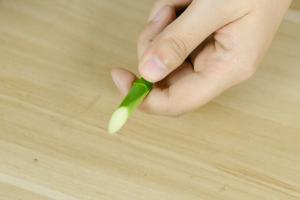 how many pine trees ...
how many pine trees ... how many pecan trees...
how many pecan trees... how many plants comp...
how many plants comp... how many plants can ...
how many plants can ... how many plants and ...
how many plants and ... how many pepper plan...
how many pepper plan...
